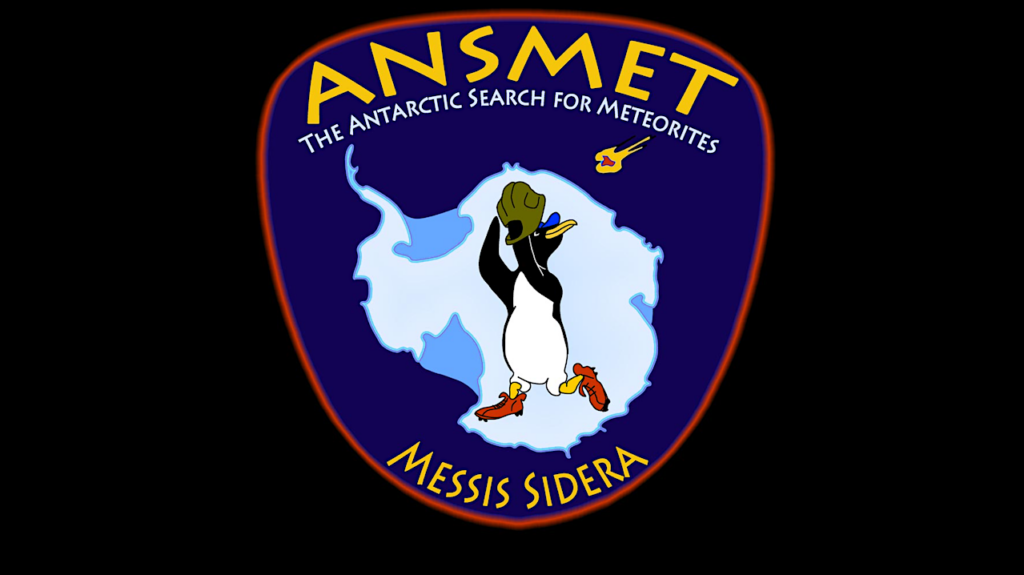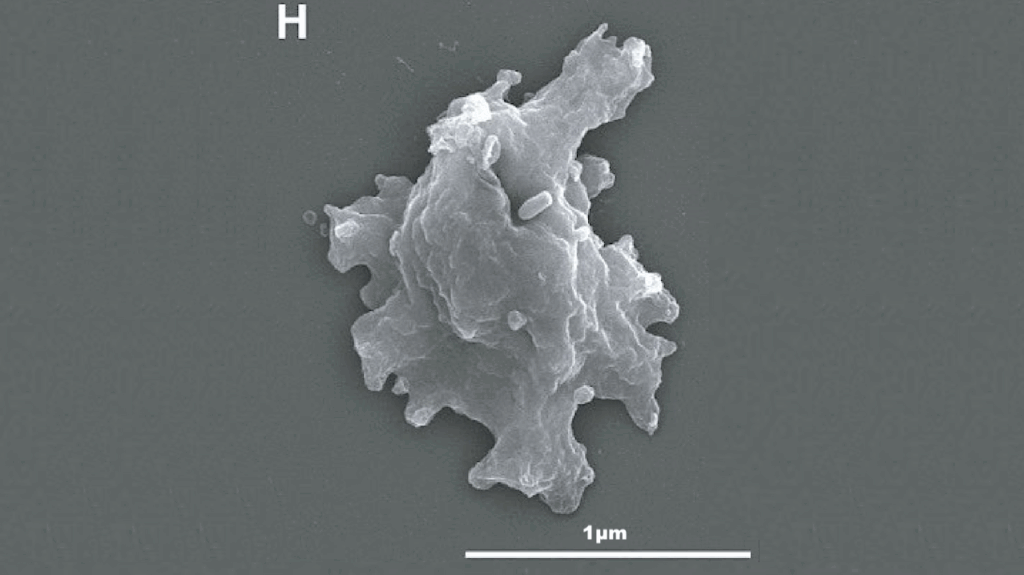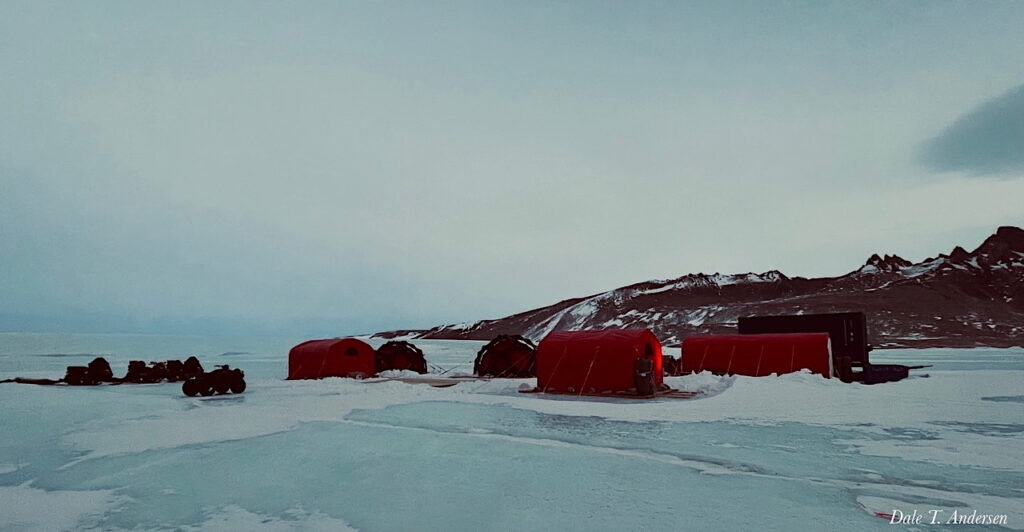Concordia Station Away Team Members Depart Antarctica

Every year Concordia hosts a crew of up to 16 people coordinated by ESA and Concordia partners, supplied by universities and research institutions from across Europe. It is a joint French-Italian inland Antarctic research station run by the French Polar Institute and Italian Antarctic Programme.
Going to Concordia station means living in one of the world’s most extreme environments. During the Antarctic winter, the crew endures four months of complete darkness as the sun disappears from the beginning of May and is not seen again until late August.
The station is located at around 3200 metres altitude, which means the crew must live with a third less oxygen than is available at sea level. The temperatures can drop to –80°C in the winter, with a yearly average temperature of –50°C and the nearest human beings are stationed 600km away at the Russian Vostok base, making Concordia more remote than the International Space Station.
Despite all these hardships, a European crew spends a year there living in isolation in these extreme conditions that give the ideal opportunity to conduct scientific research into human psychology and physiology.
Dr Sascha Freigang was the ESA-sponsored medical doctor of the DC19 team, meaning the 19th crew to spend the winter at Dome-C, where the Concordia station is. During his winter-over in Antarctica, Sascha shared his experience of his time at the research station in a blog series; read his last entry here.
“Although Concordia is a very special place and truly isolated and remote, it becomes a normal home during the winter and the life here feels quite normal. Maybe it can be described as somewhat simpler, with less daily choices about what to do, where to go and so on around here.”
Credits: ESA/IPEV/PNRA-S. Freigang larger image
Astrobiology








